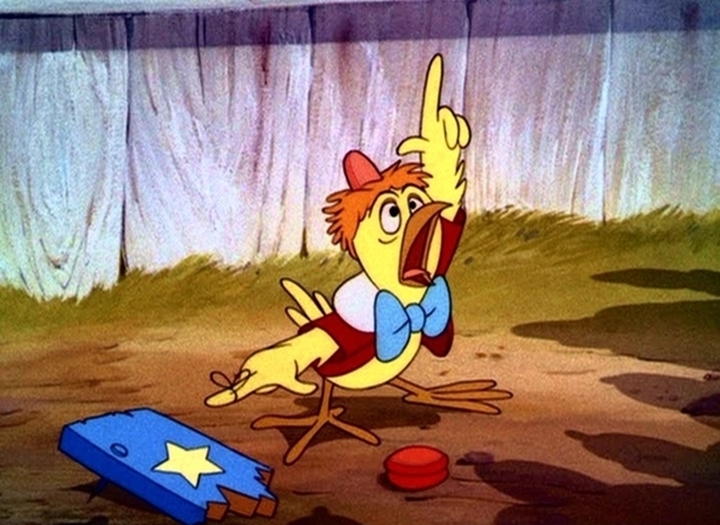
I’ve been looking for a kids’ book that’s about eating animals. There are plenty of books about eating vegetables and fruits, and books about why they are good for us, but I cannot find even one book for toddlers that explains the whys and wherefores, let alone positives, about raising and killing animals for food.
It’s not like kids don’t notice what they eat. Mommy and daddy cheerfully put dinner on the table for their hungry two-year-old exclaiming, “Yummy, Chicken!” The same is true of bacon, eggs, hot dogs and beef stew. And yet, the animals from which these foods come are none other than the cute “oink-oink” piggies, “quack-quack” ducklings, “baa-baa” sheep and “moo-moo” cows richly illustrated and given human-like personalities in myriad books for toddlers.
The reality of how we get meat for food is effectively silenced; accordingly, how each toddler comes to grips simultaneously identifying with and eating their cute animal “friends” occurs in a vacuum and is left to their vivid and often misleading imagination. By and large, there appears to be an absence of an appropriate, truthful, adult-provided narrative for children about raising animals and killing them for food.
We sometimes wonder about out adult fascination with death and murder, played out daily in the newspapers, television dramas and blood-soaked movies; I suspect its roots are often set in the soil of childhood trauma, including the emotional trauma of knowing that we kill and eat our barnyard friends. Such knowledge cannot be ignored, only buried and suppressed. And that suppression leaks out as unresolved guilt, shame, and sometimes aggression and violence.
Before the onset of modern urban culture and its need for an industrialized food system, our agrarian fore bearers transmitted the narrative of raising animals for food; it was part of everyday life. Children on a farm confronted the reality of killing animals for food from their earliest beginnings. Little chicks and ducklings were simultaneously cute friends and future meal, familiar and appreciated, both loved and tasty. Among America’s indigenous people, food animals were thanked for their sacrifice; considered an honored participant of the circle of life and death, no part of a killed animal was wasted. Our only contemporary version of this remains within 4-H Clubs and awards for raising animals at county fairs.
If we are going to eat meat, which by all appearances people are doing in increasingly large quantities, we need to establish a saner psychological framework for it. Author Michael Pollan explores this in his various books, such as “The Omnivore’s Dilemma.” He too fears the effects of ignoring our participation and complicity in callous industrial-scale slaughter of livestock; we are systematically inuring ourselves to violence.
When we mask guilt and shame with callousness we erode our connection to life itself. The natural, childlike affection we feel for living things becomes fractured and compartmentalized; we relegate some animals to “pet” status and others simply become “things.” In the process, we fracture our wholeness and sense of place in the natural world. We become, in that way, less than fully human; in effect, we kill our authentic selves.
In dreams our confusion and trauma is often revealed. Sometimes we are pursued and run in fear for our lives, or inversely, we pursue and kill others. The truth of our animal selves cannot be erased from our subconscious and this truth will not be denied, and thus we grow into adulthood living a waking dream filled with violence.